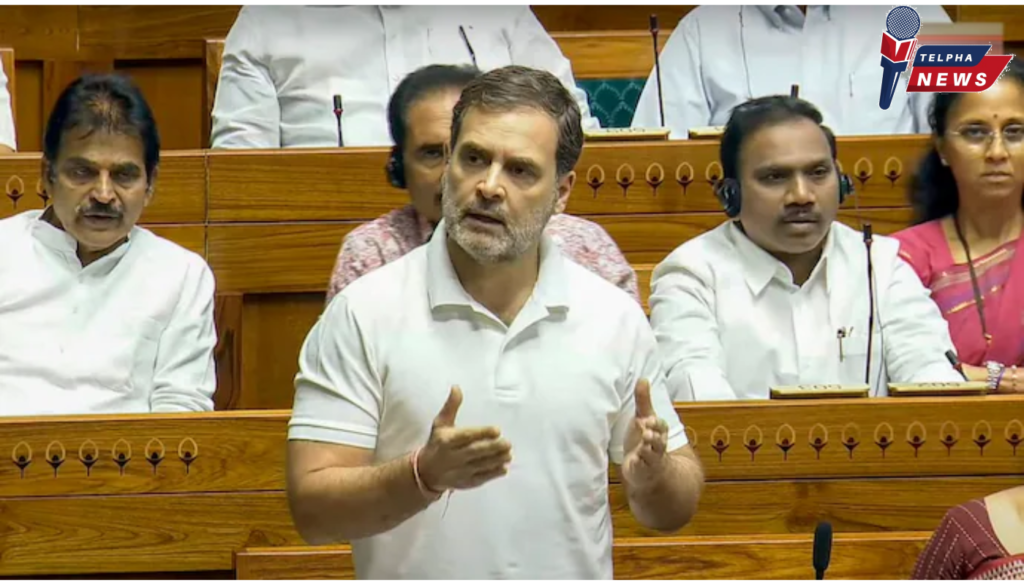The Congress claimed that Leader of the Opposition Rahul Gandhi’s mic was turned off as he raised the issue of the NEET paper leak in the Lok Sabha. It is blaming the government for it. But who actually controls the switches of the mics of MPs in Parliament?

It’s interesting how the control of microphones in the Indian Parliament plays a crucial role, especially in the context of recent claims by the Congress regarding Rahul Gandhi’s mic being turned off during a discussion on the NEET paper leak. Here’s a summary of who controls the switches of the microphones in Parliament:
- Sound Technicians: In both the Lok Sabha and the Rajya Sabha, there are sound technicians stationed in a chamber equipped with electronic boards. These technicians are responsible for operating the microphones assigned to each MP. They activate or deactivate the microphones based on instructions they receive.
- Chair of the House: Generally, the Chair (Speaker of the Lok Sabha or Chairman of the Rajya Sabha) has authority over the proceedings, including the ability to direct the technicians to turn on or off specific microphones, especially under special circumstances or disruptions.
- Automated Controls: Microphones may also be automated to turn off after a set time, such as during the Zero Hour or when an allocated speaking time has expired.
- Procedures and Guidelines: The operation of microphones follows specific guidelines and procedures set by Parliament. For instance, microphones are typically turned on when a member is recognized by the Chair to speak and may be turned off when it’s not their designated time or turn to address the House.